
Feather stars are the closest thing we have to walking plants
In nature, the best form of defence is camouflage, and feather stars have got that down to an art.

In nature, the best form of defence is camouflage, and feather stars have got that down to an art.
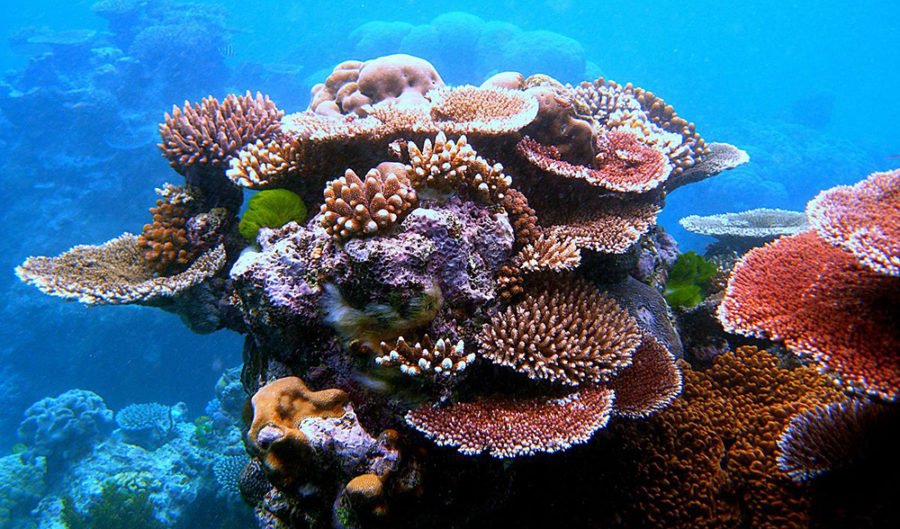
Australia’s animals and plants are already demonstrating their resilience to climate change.
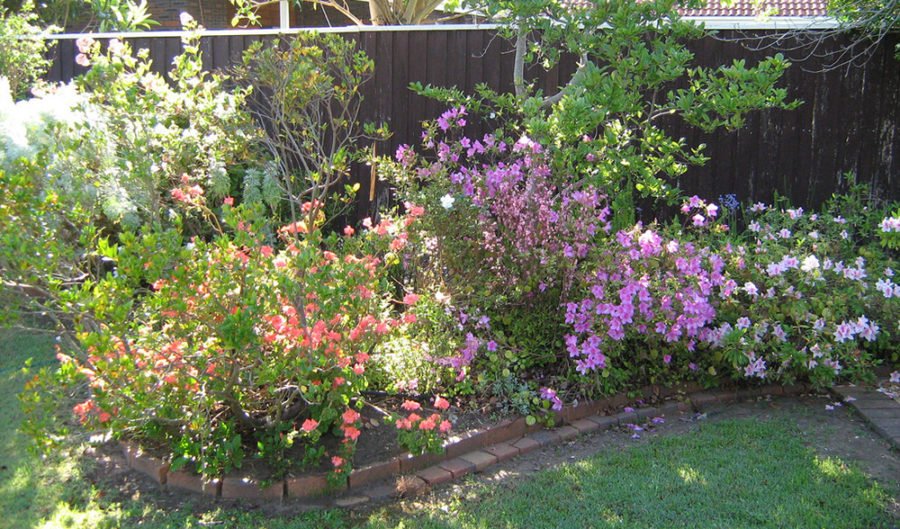
Plant species are reacting to climate change by adapting or migrating to better conditions. But this is not an option for gardens, so gardeners will have to be smarter about what they plant and where.
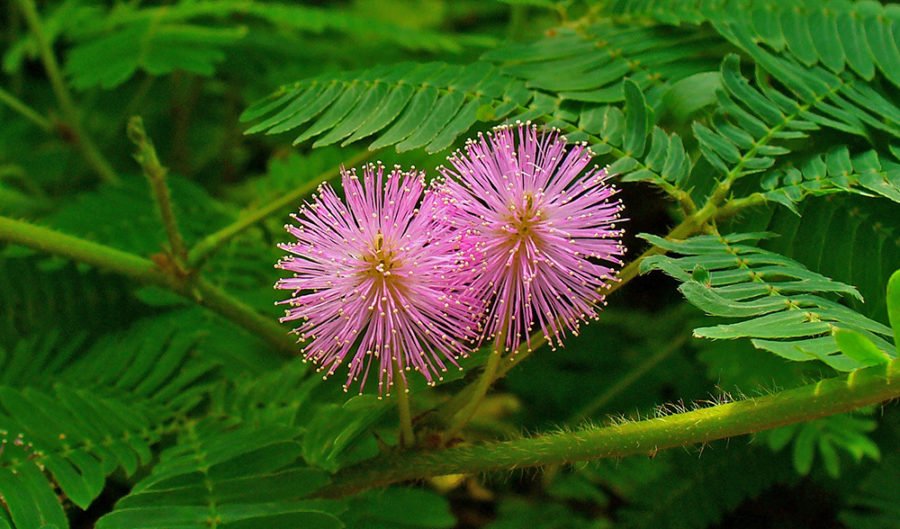
A new study appears to show plants can learn from experience and choose a response. This raises some intriguing questions about the possibility of plant cognition.
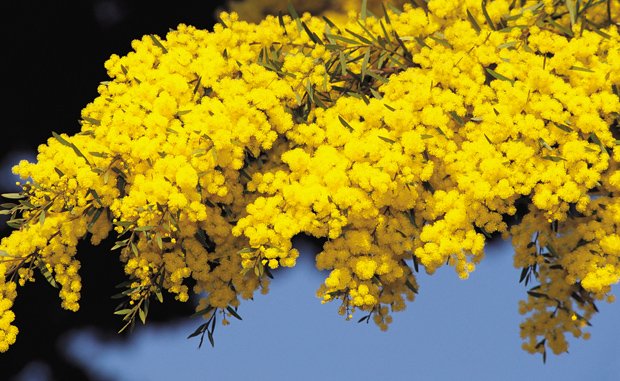
We know very little about Australia’s most threatened plants.
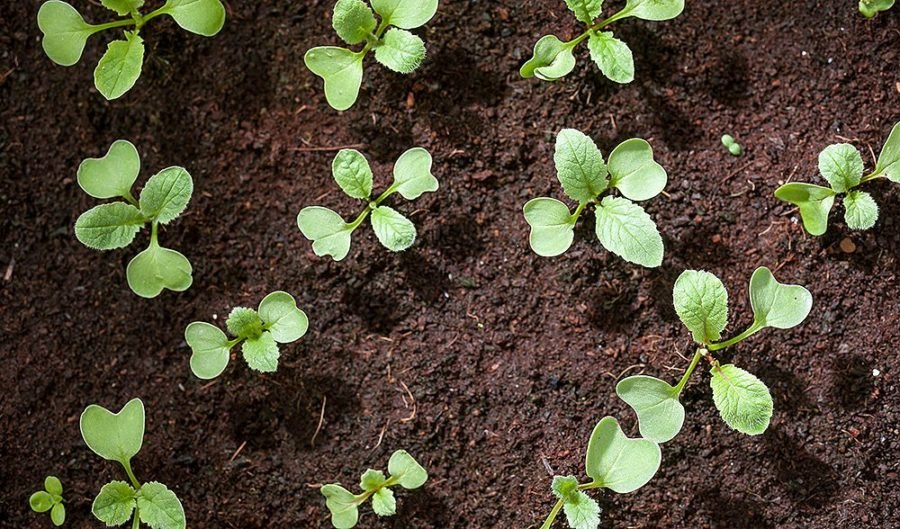
Soil is more than just dirt. It’s a complex ecosystem and if it’s healthy your plants will be happier.

Plant blindness is more than an interesting quirk of human perception. It impacts on our efforts to care for and understand plant species.

Known also as tickle-me plant, touch-me-not, shy plant, humble plant and sleeping grass, this weed has intrigued naturalists for hundreds of years.
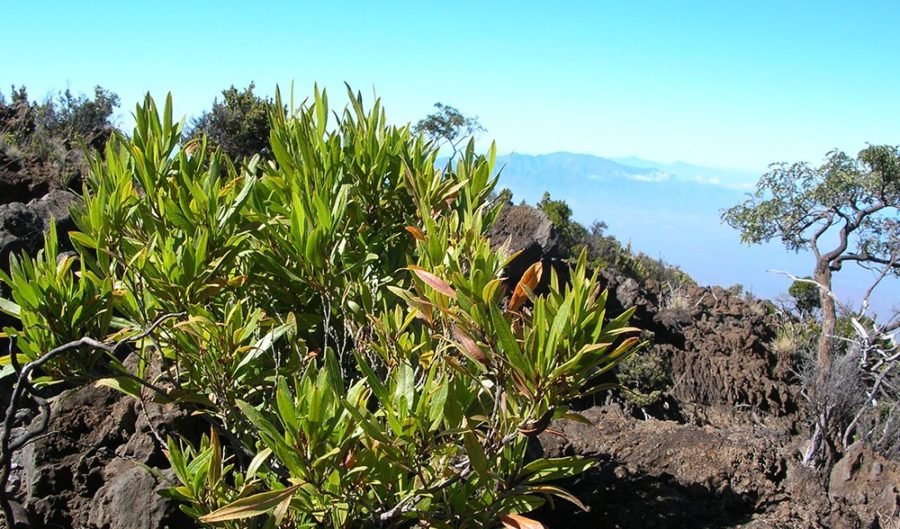
The world was taken over by an Australian plant long before our eucalypts and wattles were grown abroad, says Tim Low.
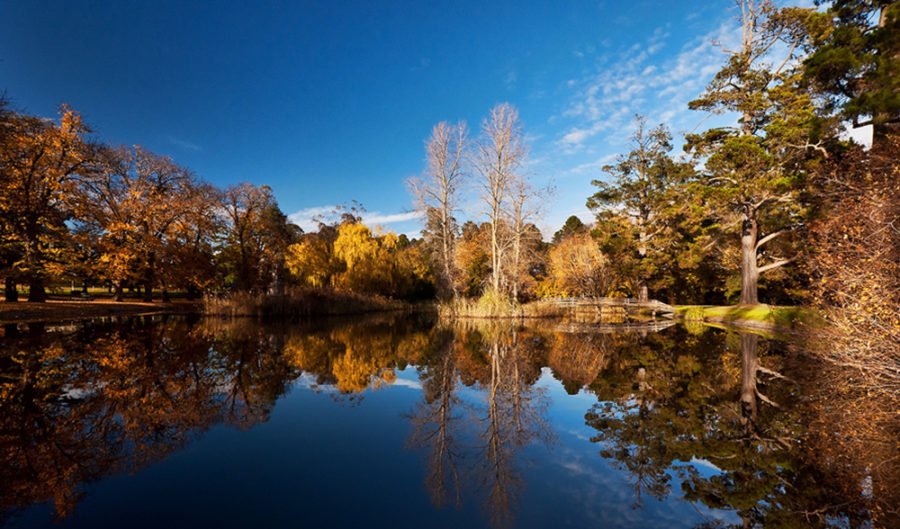
While there’s no legal accreditation to become a botanic garden, it’s generally held that these gardens should involve some sort of scientific study. Of course, for the everyday lover of flowers and plants, the term simply represents a place to enjoy some of the best sights and smells nature has to offer. Australia is home to a terrifically diverse range of natural environments, and some of the best plant life in the world. So, whether your interest is in science, leisure or just a good place to picnic, check out our list of Australia’s top 10 botanic gardens.